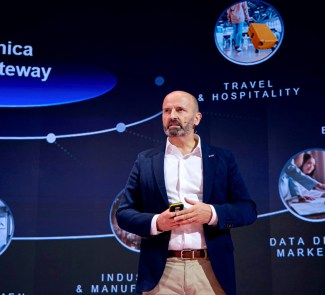Researchers in Denmark and the US have come up with a mathematical model to accelerate data traffic over an internet connection, which could be five to ten times faster.
The solution for creating a faster internet could be much less costly than expensive hardware upgrades or the deployment of new infrastructure, which also has to be developed and tested in the laboratory. A joint research project by the universities of Aalborg (Denmark), MIT, and the California Institute of Technology (Caltech) has come up with a mathematical model to accelerate data traffic and avoid constant interruptions in the connection.
To understand how this mathematical model developed by the researchers works, you first have to have a clear understanding of how data travels on networks. Information is sent and received in packets, a system that has been effective for a long time because it offers a relatively simple way to organise a transfer that would otherwise be chaotic due to its size.
But the packet-based system has its drawbacks. Normally, to send information to a point, packet 1 is sent first, followed by packet 2, and then packet 3, and so on. But not all the packets make it to the destination. To ensure that no data is lost, there is a control system at the destination, and if it sounds the alarm because packet 2 hasn’t arrived, packet 2 will be resent, with the consequent wasted time and saturation of the network.
The solution proposed by the Danish and US scientists consists of resolving these interruptions in traffic using mathematics. Instead of sending packets to the destination point, an equation is sent, which allows the information to travel fluidly. Mathematics are used to store and send the signal in a different way, setting aside the packet system.

To make the concept easier to understand, the scientists use the metaphor of a motorway. “You can compare it with cars on the road”, says Frank Fitzek, a professor of Systems Electronics who participated in the project. “Now we can do without traffic lights. We can send cars into the intersection from all directions without their having to stop for each other. This means that traffic flows much faster”.
So much so that speeds from five to ten times faster than current speeds have been achieved. To demonstrate the reliability of this faster internet, researchers ran tests with equipment from different manufacturers. In one experiment, they compared the transmission speed of a four-minute video. With the new technology, the content was transferred five times faster, and with the existing networks, the download was interrupted 13 times.
The mathematical model could be useful for mobile communications and even between computers, as well as for satellite communications. Specifically, the Internet of things, 5G systems, and software-defined networks (SDN) could benefit from this new technique.
Images: recurrence and -nw-







